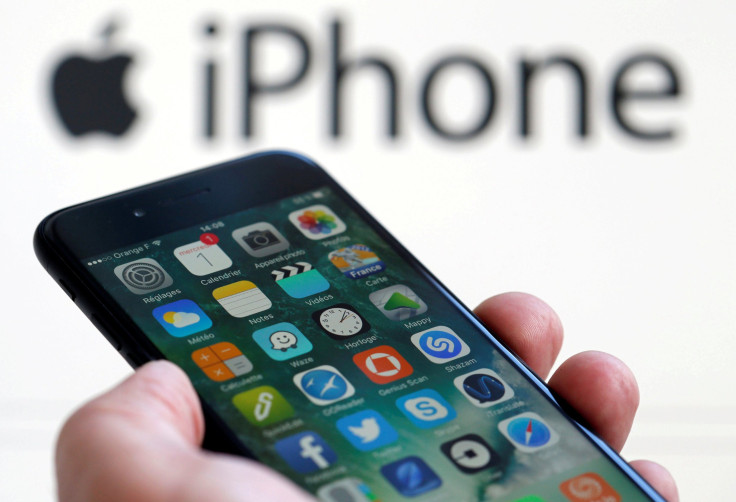Apple iPhone Health App: 5 Features You Need To Know Including Activity, Sleep And Mindfulness

Apple has been focusing on health-based features since it introduced its Health app in iOS 8 in 2014. The app, which might seem simple to use at first has many features you can utilize on a daily basis.
It also holds a lot of medical and fitness-related data. It is a hub of health-related features and gets data from the phone, wearables and fitness-related apps such as RunKeeper. The idea behind the Apple health app seems to be to give users accurate activity data of their day instead of them having to look into different apps for such data.
Read: iOS 11 And WatchOS 4: New Apple Watch And iPhone Health Features Will Help With Your Workouts
If you are among those iPhone users who have had the app forever on your device, but never used it, or looked at it and haven’t been able to make sense of the data, read on.
Apart from collating data from fitness-related devices, the app also makes use of your iPhone’s onboard sensors to collect health-related data such as steps taken, distance travelled, calories burned, flights of stairs you climbed with the phone in your pocket. The app does pose a slight inconvenience since you will have to input some basic data initially and even regularly update sections such as nutrition.
If you are into fitness and use fitness related devices and apps, the app will collect more data inputs on its own and turn it into information you can make more sense of, such as fat percentage, blood pressure, nutrition and body temperature. But even you don’t consider fitness that important, you will still see some basic data, which might let you make improvements to your daily routine, which tend to go a long way, when it comes to health.
When you open the health app, you will see Health data, which is divided into four sections — activity, mindfulness, nutrition and sleep.
The activity section will show you a list of entries based on body measurements, vitals and finally results — which will give you basic tips such as what activity you should undertake to balance a sedentary lifestyle — the iPhone will give you accurate data on how many calories you burned and how long you moved about, exercised or stood up.
You can also create a Medical ID and input your emergency information, which can be displayed on your phone without unlocking it.
Sleep is another important determinant of your overall health — the sleep section of the app will help you develop a consistent bedtime and also let you visualize sleep patterns. It is much more convenient to use with a device that has sleep tracking, but you can also use it to help visualize your sleep patterns and make your routine better.
Mindfulness is an interesting offering —the iPhone will actually remind you to settle down and take a few breaths during the day. It also works with the Breathe app on the Apple Watch.
The Nutrition section works using data gathered from third-party apps and lets you accurately watch your calories.
The thing to remember about using the health apps is that for iPhone users, it is a free and very concise alternative to many other fitness related apps out there. It might be a bit of an effort to input all that data at first, but it will eventually help you create a better, healthier routine.
© Copyright IBTimes 2024. All rights reserved.











